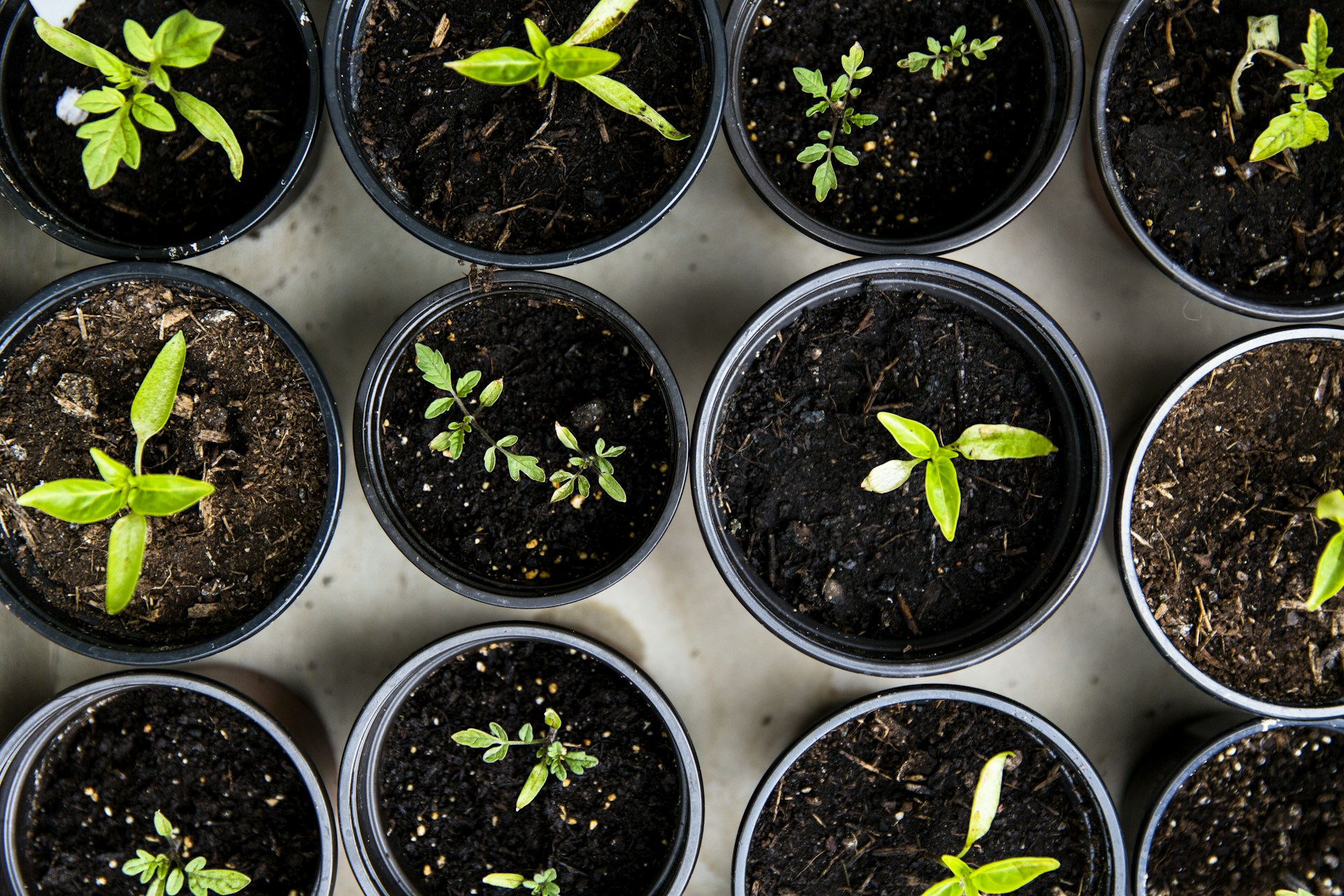
How to Read Your Plants: Signs of Stress, Pests, and Disease
Learn how to identify signs of plant stress, pests, and disease with this beginner-friendly guide. From yellowing leaves to pest damage, discover what your plants are trying to tell you—and how to help them thrive.
PLANT CARE & TROUBLESHOOTING
P + P
6/27/20252 min read


How to Read Your Plants: Signs of Stress, Pests, and Disease
Learn to identify early warning signs that your plants are unhappy—and how to respond.
Disclosure: As an Amazon Associate, I earn from qualifying purchases. Some of the links in this post may be affiliate links, which means I may earn a small commission at no extra cost to you.
Plants don’t have voices, but they’re always communicating. With a little observation and practice, you can learn to "read" your plants—spotting the early signs of stress, pests, and disease before problems escalate.
Whether you're tending to houseplants, herbs, or a full garden, this guide will help you recognize what your plants are telling you and how to respond with care.
🌿 Why Plant Observation Matters
Catching problems early means:
Fewer lost plants
Less reliance on chemicals
Easier corrections with watering, pruning, or soil care
More confident, connected gardening
Plants give visual clues when something is off—and understanding those clues helps you become a more intuitive, successful grower.
🚨 1. Signs of Water Stress
Too Much Water
Yellowing leaves (especially lower leaves)
Wilting despite moist soil
Mushy stems or roots
Fungus gnats or mold on soil surface
Solution:
Let soil dry out between waterings. Improve drainage, and make sure containers have drainage holes.
Too Little Water
Wilting, crispy leaves
Leaf curl or browning tips
Slow or stunted growth
Solution:
Water deeply and consistently. Use mulch in garden beds and check soil moisture regularly.
🐛 2. Signs of Pest Infestation
Common Clues:
Holes or ragged edges on leaves
Sticky residue (honeydew) on leaves
Fine webbing between stems and leaves
Distorted or curled new growth
Tiny insects on undersides of leaves
Likely Culprits:
Aphids: Small, soft-bodied clusters on new growth
Spider mites: Very fine webs; speckled leaves
Whiteflies: Tiny white bugs that fly up when disturbed
Caterpillars: Visible munchers that leave large holes
Solution:
Use insecticidal soap or neem oil
we use captain jack's cold pressed neem oil concentrate. Just mix and spray and takes care of pests and mold etc without chemicals for organic gardening. https://amzn.to/40gClR5
Remove affected leaves
Rinse plants with water
Encourage natural predators (like ladybugs)
🍃 3. Nutrient Deficiencies
Nitrogen Deficiency
Pale or yellowing leaves (especially older ones)
Stunted growth
Phosphorus Deficiency
Purplish stems or undersides of leaves
Slow development, especially in root crops
Potassium Deficiency
Yellow or brown leaf edges
Weak stems and poor fruit production
Solution:
Apply balanced fertilizer or compost based on your plant’s needs. Avoid over-fertilizing, which can cause salt buildup and root burn.
🌫 4. Fungal and Bacterial Diseases
Powdery Mildew
White, powdery coating on leaves
Often in humid or shady conditions
Root Rot
Mushy roots and blackened base
Foul smell and rapid decline
Leaf Spot
Dark or water-soaked spots on leaves
May spread quickly in wet conditions
Solution:
Improve airflow and drainage
Avoid overhead watering
Remove infected parts promptly
Use fungicides if necessary (organic or chemical)
🌞 5. Light and Temperature Stress
Too Much Sun
Leaf scorch (brown or bleached spots)
Wilting in heat despite watering
Too Little Light
Leggy or stretched growth
Pale leaves
Slow or no flowering
Solution:
Relocate plants to suit their light preferences
Use shade cloth in hot climates
Supplement indoor plants with grow lights if needed
🧘♀️ 6. General Signs of Stress
Leaves dropping suddenly
Color fading
No growth or flowering during active season
General "sad" appearance despite proper care
These signs may indicate:
Transplant shock
pH imbalance in soil
Improper container size
Environmental changes (drafts, repotting, season shifts)
Solution:
Give your plant time to adjust. Ensure consistent care, gentle handling, and minimal disruption during sensitive periods.
🕵️♀️ Proactive Habits for Happy Plants
Inspect plants weekly—check top and bottom of leaves
Clean your tools to prevent disease spread
Use organic mulch to support healthy soil and root zones
Keep a plant journal—note when issues arise and what works
Final Thoughts
You don’t need years of gardening experience to recognize when your plants are unhappy—you just need to slow down and look closely. Every leaf, stem, and change in color is a conversation. By learning the language of plants, you become a better, more mindful gardener—and your plants will thrive because of it.
